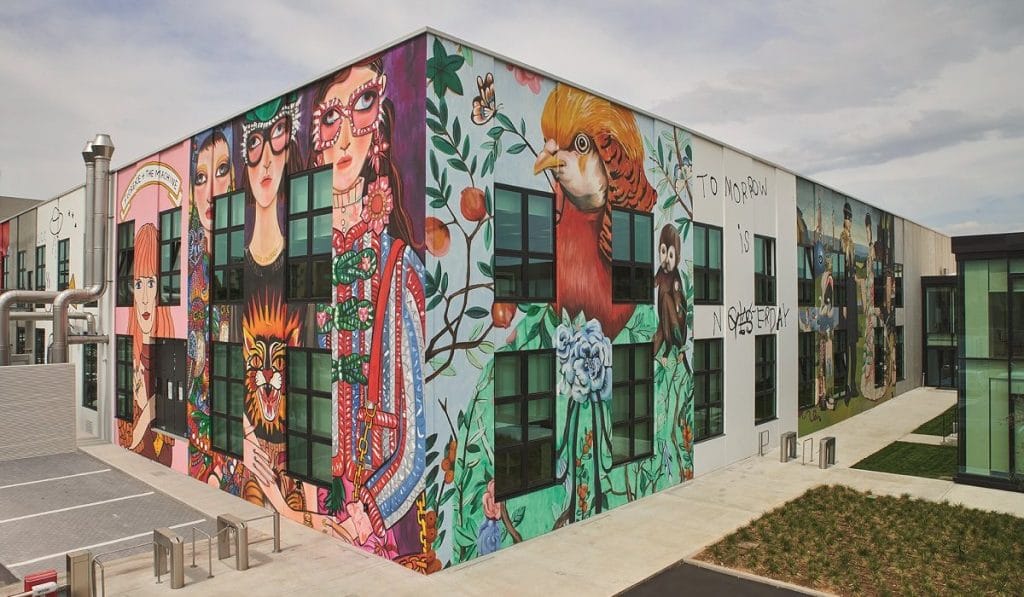It’s on the tip of every tongue, and at the front of every mind: sustainability. In the realms of high fashion an industry better known for its excess going green has become paramount.
Gucci, for one, has announced that it’s going carbon neutral by reducing its greenhouse gas (GHG) emissions, and offsetting the remaining from its operations and logistics.
While the brand has stopped using fur in new collections since 2018; its parent company, Kering “which also owns” Saint Laurent, Balenciaga and Alexander McQueen – announced that it would cut 40% of environmental impact by 2025.
Gucci’s offsetting comes in the form of their REDD+ projects, a series of initiatives that support forestry and conservation in four locations around the world: Peru, Cambodia, Kenya, and Indonesia. It’s also optimising the “sourcing of raw materials from agricultural systems that restore soils and habitats for important biodiversity”.

This offsetting is particularly important for their supply chain, where about 90% of their emissions come from their supply chain which includes raw material creation, transformation and production, as well as product manufacturing. In 2018, it spend USD$8.4 million to offset the equivalent of 1.4 million tonnes of carbon dioxide emissions brought about from this proccess.
Carbon offsetting though, is just a band-aid that goes on a wound. The company has also embarked on a 10-year sustainability strategy that aims to reduce GHG emissions by 50% between 2015 to 2025. This reduction currently stands at 16%.
“Despite commendable commitments, currently the efforts we are making as a global community are not enough to stay within 1.5 C above pre-industrial levels and to become net-zero by 2050. As businesses, we all need to be accountable and implement solutions that will proactively combat our dual challenges of climate change and biodiversity loss,” said Marco Bizzarri, Gucci’s CEO.
In other Fashion news, Introducing The Gucci High Watchmaking Collection



